Project: Jesus Torres Garcia architectes
Location: Salobreña, Spain
Area: 263 m2
Budget: 283.000 euros
Photography: Jesus Torres Garcia
‘how to build in a natural landscape?’
The phrase, based on the late Niemeyer’s approach to design, drove the entire concept behind the ‘non program pavilion’ in the extraordinary mediterranean terrain of southern Spain. Designed by Paris-based spanish practice Jesus Torres Garcia Architectes, the project is considered as the result of two important factors: the relationship between the form and landscape, and the connection of the structure to the ground. The gentle curving footprint sprouted in response to the natural contours of the land, as the entire structure is supported by an anvil-like foundation that embeds itself into the ground in only one point, minimizing the impact on the ground. All the elements that make up the space and the construction are conceived as an extension of the natural context, rather than an intervention. The wrapping large glass facade reflects the surrounding views lending to a perceived transparency from afar, at night the interior activities glow through the space to the external world. The concrete shear wall and roof system benefit from passive thermal mass heating that can be very effective in the hot climate, while the reflective window helps to control solar gain.
As the pavilion itself has no predetermined program, part of the challenge was to design a space that would accommodate almost any activity and size of group. Complete with a small office, the generally rounded square shape of the main room can easily be used for school excursions, meetings, concerts, exhibitions or nearly any other function, while the building itself exists as an educational tool exhibiting the integrated sustainable features in contemporary design.
Source: Designboom
- Non program pavilion – Jesus Torres Garcia architectes – Spain
- Non program pavilion – Jesus Torres Garcia architectes – Spain
- Non program pavilion – Jesus Torres Garcia architectes – Spain
- Non program pavilion – Jesus Torres Garcia architectes – Spain
- Non program pavilion – Jesus Torres Garcia architectes – Spain
- Non program pavilion – Jesus Torres Garcia architectes – Spain
- Non program pavilion – Jesus Torres Garcia architectes – Spain
- Non program pavilion – Jesus Torres Garcia architectes – Spain
- Non program pavilion – Jesus Torres Garcia architectes – Spain
- Non program pavilion – Jesus Torres Garcia architectes – Spain
- Non program pavilion – Jesus Torres Garcia architectes – Spain
- Non program pavilion – Jesus Torres Garcia architectes – Spain
- Non program pavilion – Jesus Torres Garcia architectes – Spain
- Non program pavilion – Jesus Torres Garcia architectes – Spain
- Non program pavilion – Jesus Torres Garcia architectes – Spain
- Non program pavilion – Jesus Torres Garcia architectes – Spain
- Non program pavilion – Jesus Torres Garcia architectes – Spain
- Non program pavilion – Jesus Torres Garcia architectes – Spain
- Non program pavilion – Jesus Torres Garcia architectes – Spain
- Non program pavilion – Jesus Torres Garcia architectes – Spain
- Non program pavilion – Jesus Torres Garcia architectes – Spain
- Non program pavilion – Jesus Torres Garcia architectes – Spain
- Non program pavilion – Jesus Torres Garcia architectes – Spain
- Non program pavilion – Jesus Torres Garcia architectes – Spain
- Non program pavilion – Jesus Torres Garcia architectes – Spain


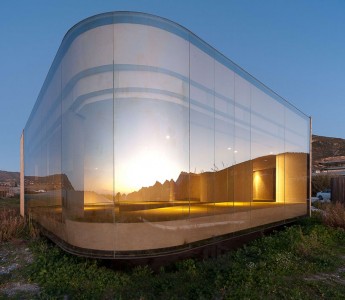

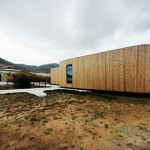

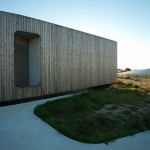
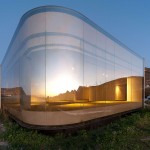
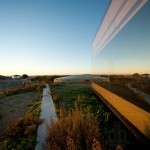
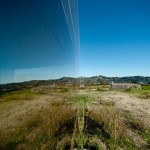
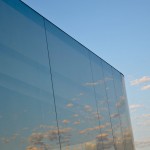
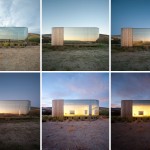


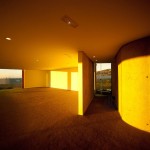

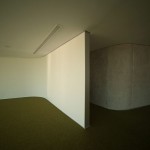
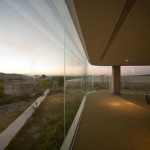

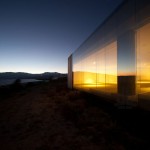
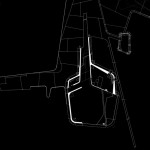
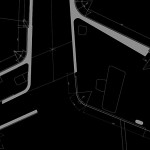

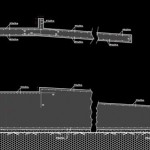

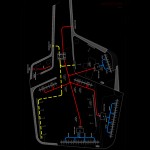
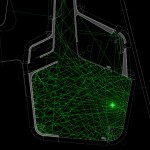
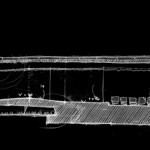
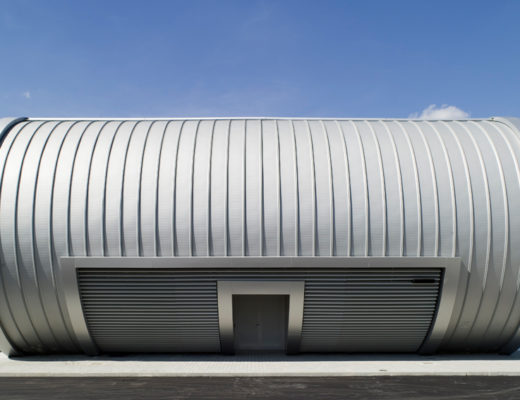

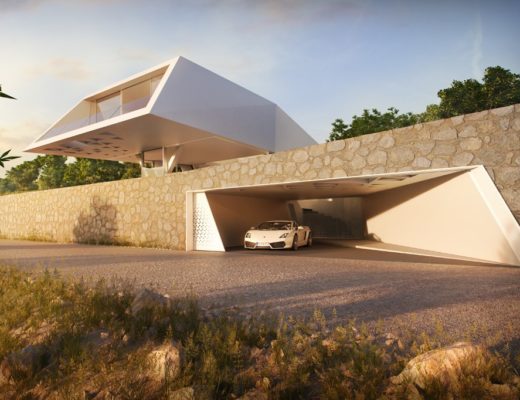
No Comments